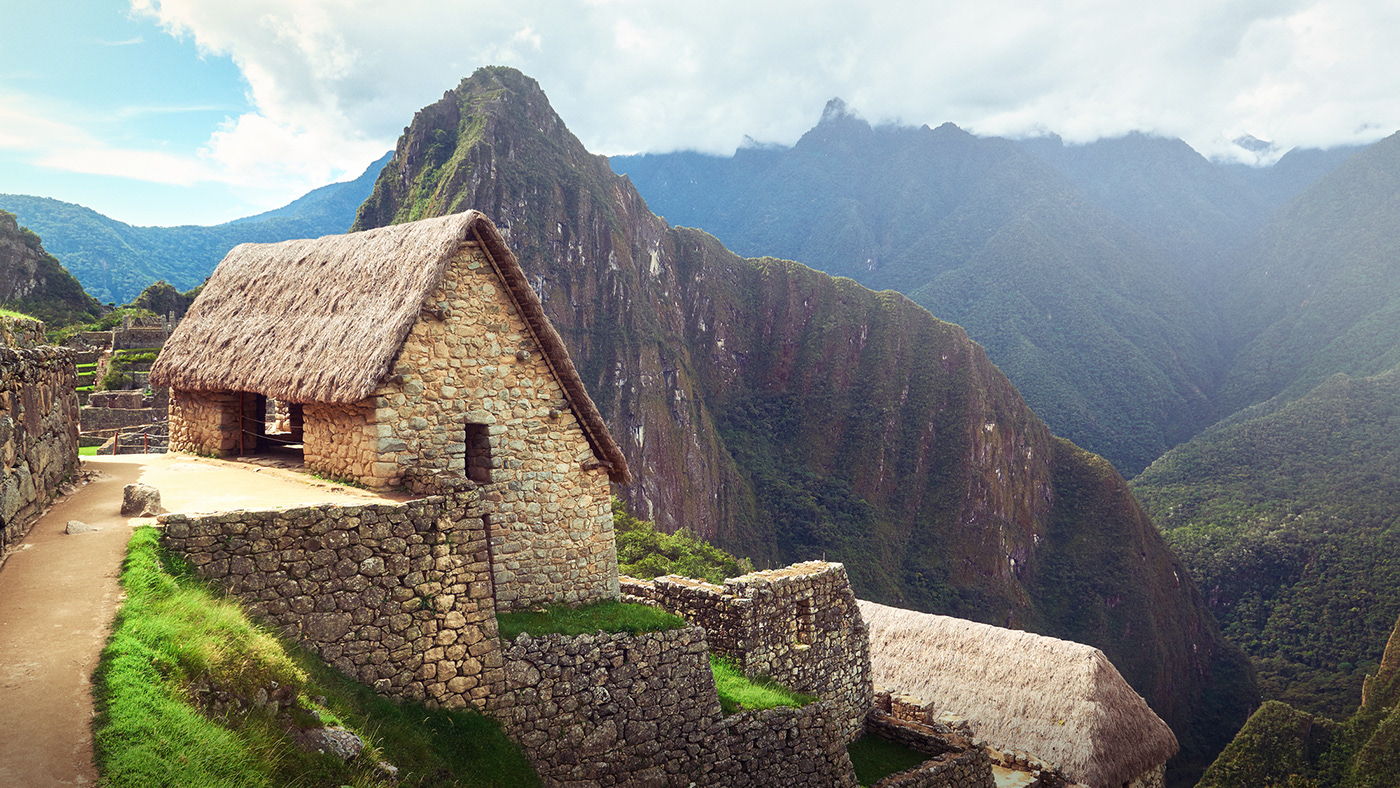
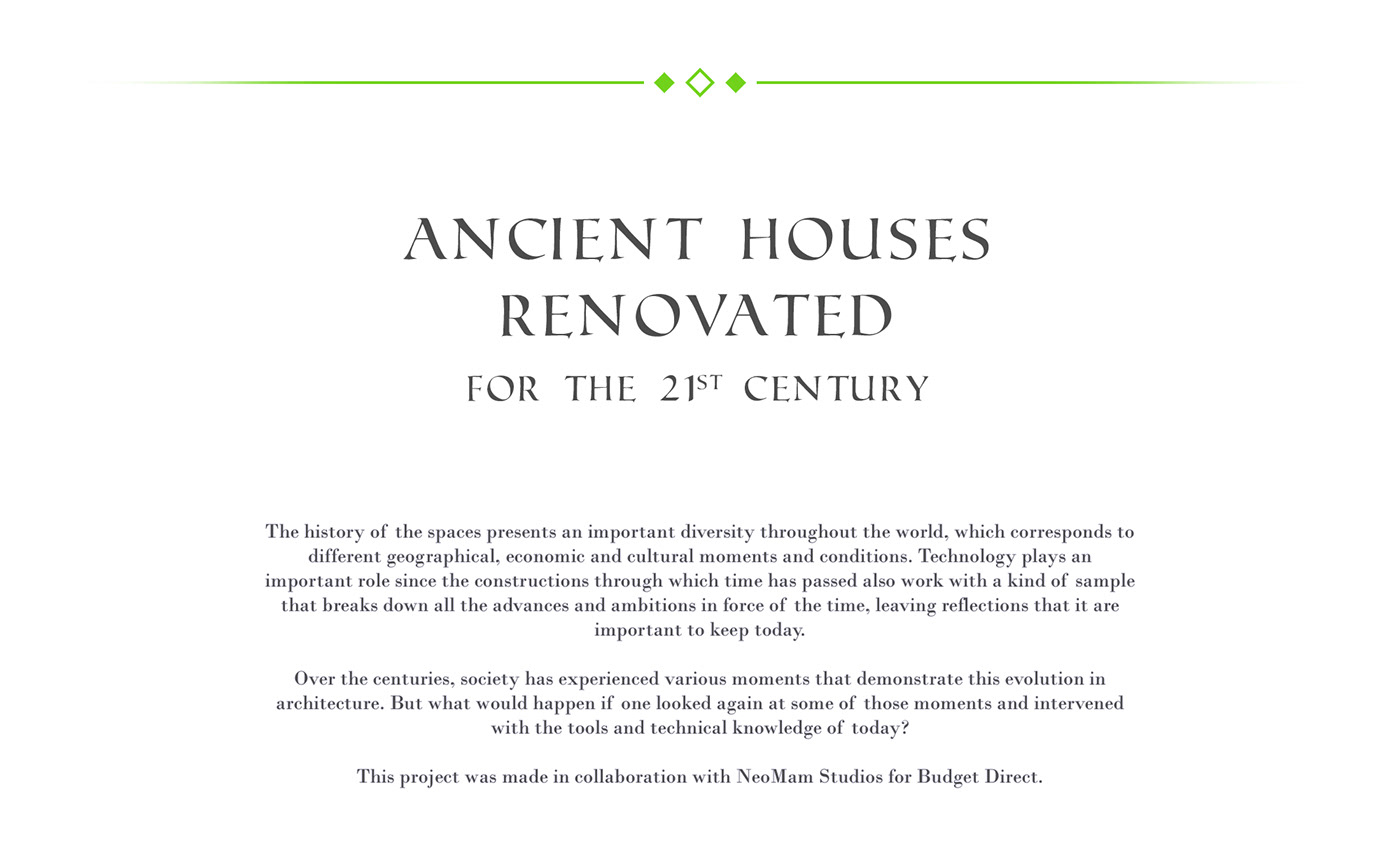

An Icelandic Turf house consists of a wooden frame stuffed with blocks of turf (grass still embedded in the earth) on a stone foundation. Only the front around the doorway is bared. The entrance leads to a big hall (sometimes via an antechamber) with a firepit in the middle. Our renovated Turf house complex plays with the ‘badly hidden’ appearance of traditional turf houses, which seem to sink back into the landscape. The steel-frame dome looks partly natural yet completely alien. Panels of turf and timber alternate with glass windows, using reflections to create an improbable, angular mound of grass, wood, and… clouds! In a subtler touch, the wooden planks that form the facades have been rearranged at decorative angles.
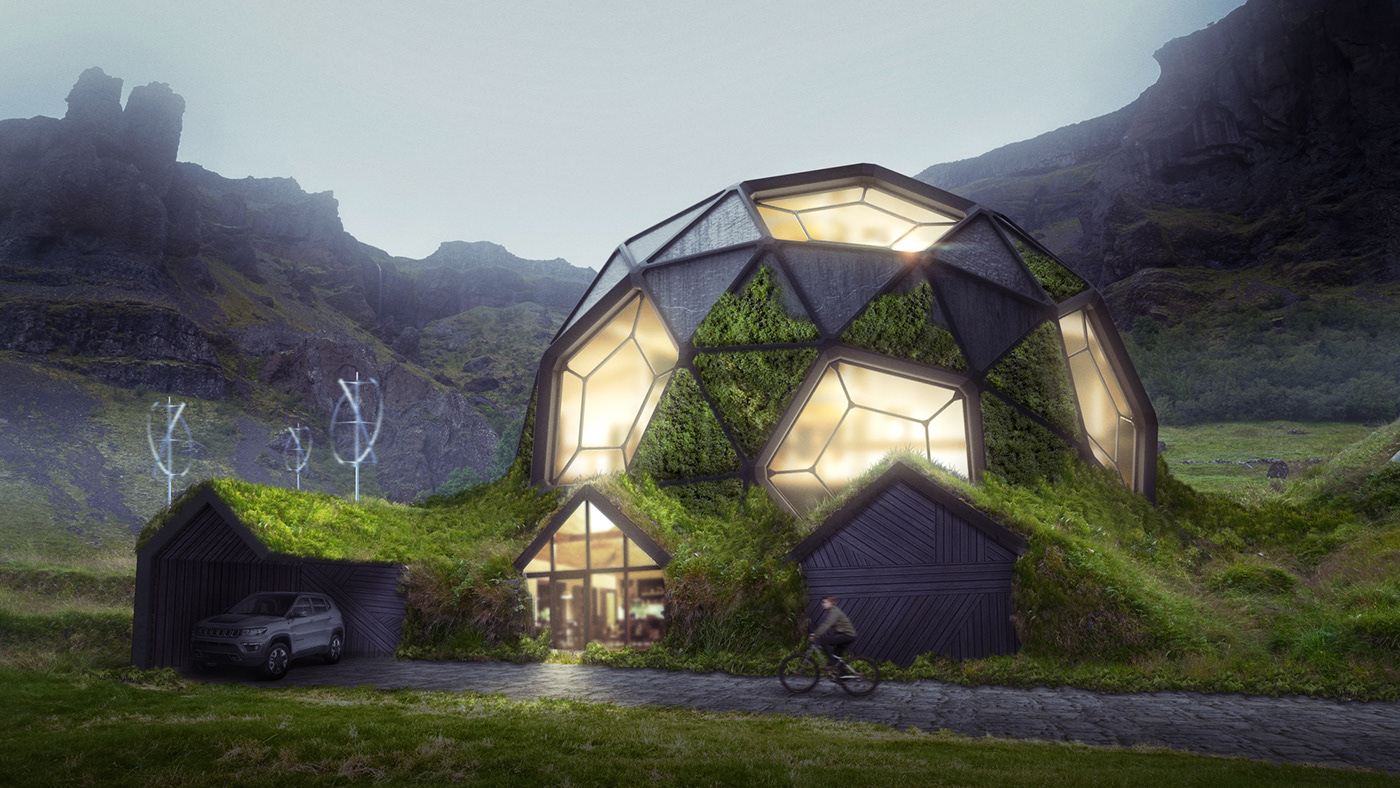
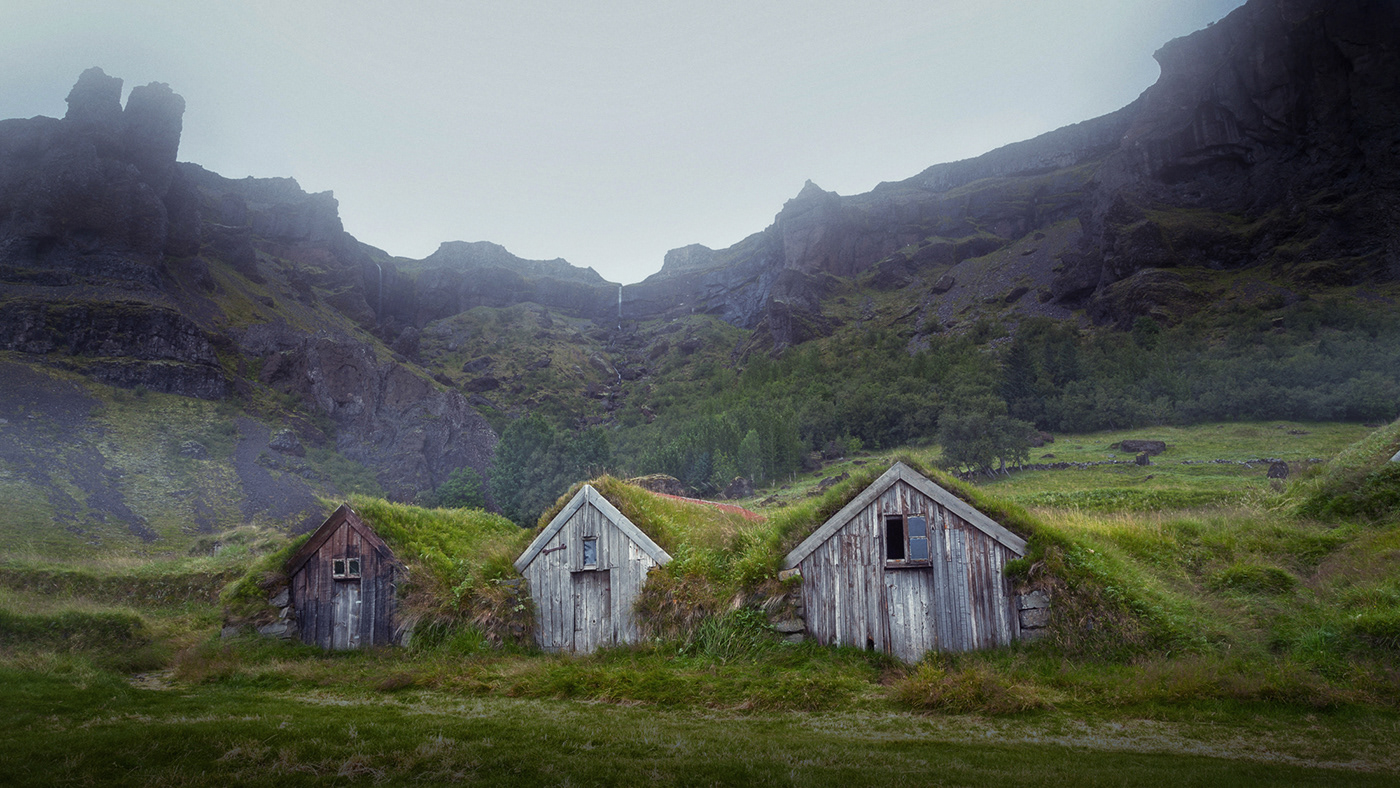

Three thousand years ago, most Egyptian people lived in houses made of mudbrick. In fact, the word for a mudbrick, ‘adobe’, comes from the ancient Egyptian word, “dbe.” There was very little wood available in ancient Egypt, but when the Nile flooded, it was practical to make bricks from the resultant mud combined with straw. Entire families would occupy a single room, although in hot weather they might sleep on the roof. The narrow windows of the original buildings were designed to keep the mudbrick houses cool. Our updated version features prism-like extensions made of clean-cut limestone, which is ideal for blocking heat from the outside. We wanted to create a visual clash by placing futuristic forms atop historic ruins – the slit windows and slanted roofs add that dynamic, modern look.

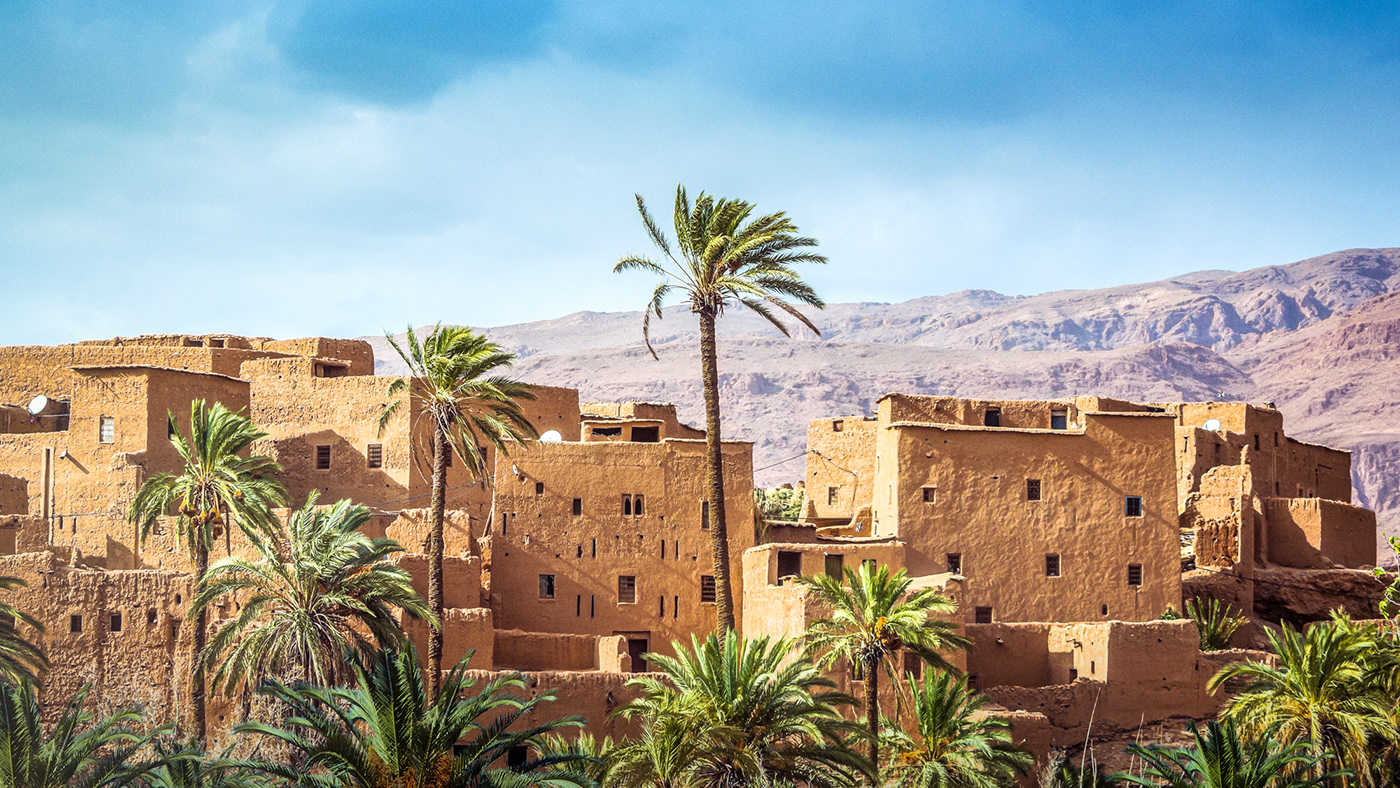

Chinese Siheyuan date back to the Western Zhou Period (1045–770 BC). A typical siheyuan is symmetrical and features four buildings around a quadrangular courtyard. These home complexes were built according to strict height, design, color, and decoration restrictions, depending on the status of the owner. As such, our updated Siheyuan house boasts an overdue cosmetic makeover. New columns and facades feature angular surfaces, creating a clean-cut, stoic, yet kinetic vibe. The beautiful original roofs have been kept mostly intact, but the addition of solar panels adds a welcome touch of sustainability. Finally, the courtyard has been treated to new grass and pebble areas useful for meditation and play.
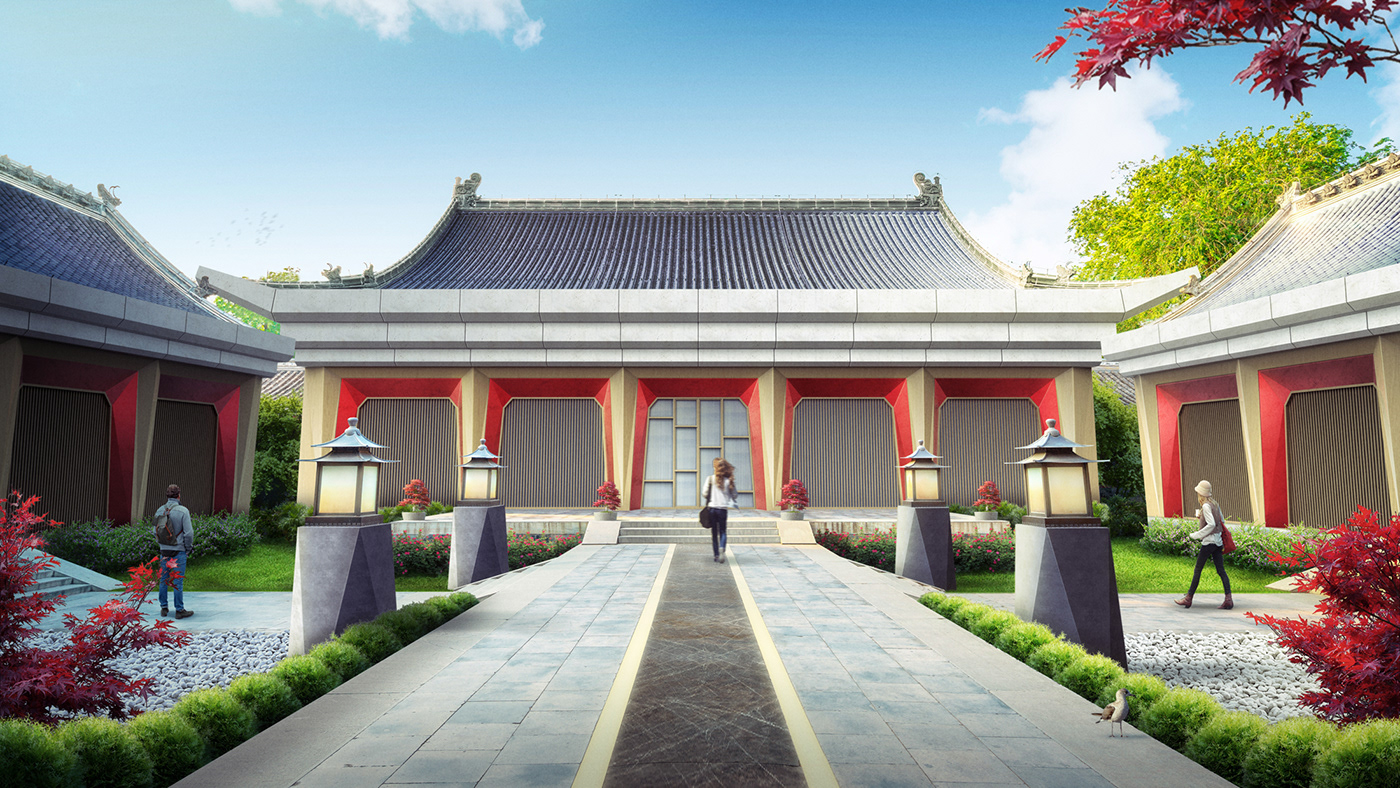


Incan architecture is renowned for precise and sophisticated use of stone blocks. However, more humble Incan homes would often be built from unworked field stones or even adobe bricks. Roofs were sloped and usually made of thatched grass or reeds on a wood or cane frame. The settlement we chose to renovate boasts a particularly exhilarating view. We wanted to amplify the strangeness of the arrangement and create more space. We did so by designing wedge-shaped volumes of black concrete and glass that seem like prisms penetrating the rooves. The centrepiece is an infinity pool suspended from the top property, creating an unparalleled mountain view experience.

